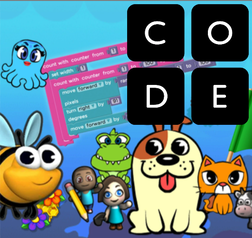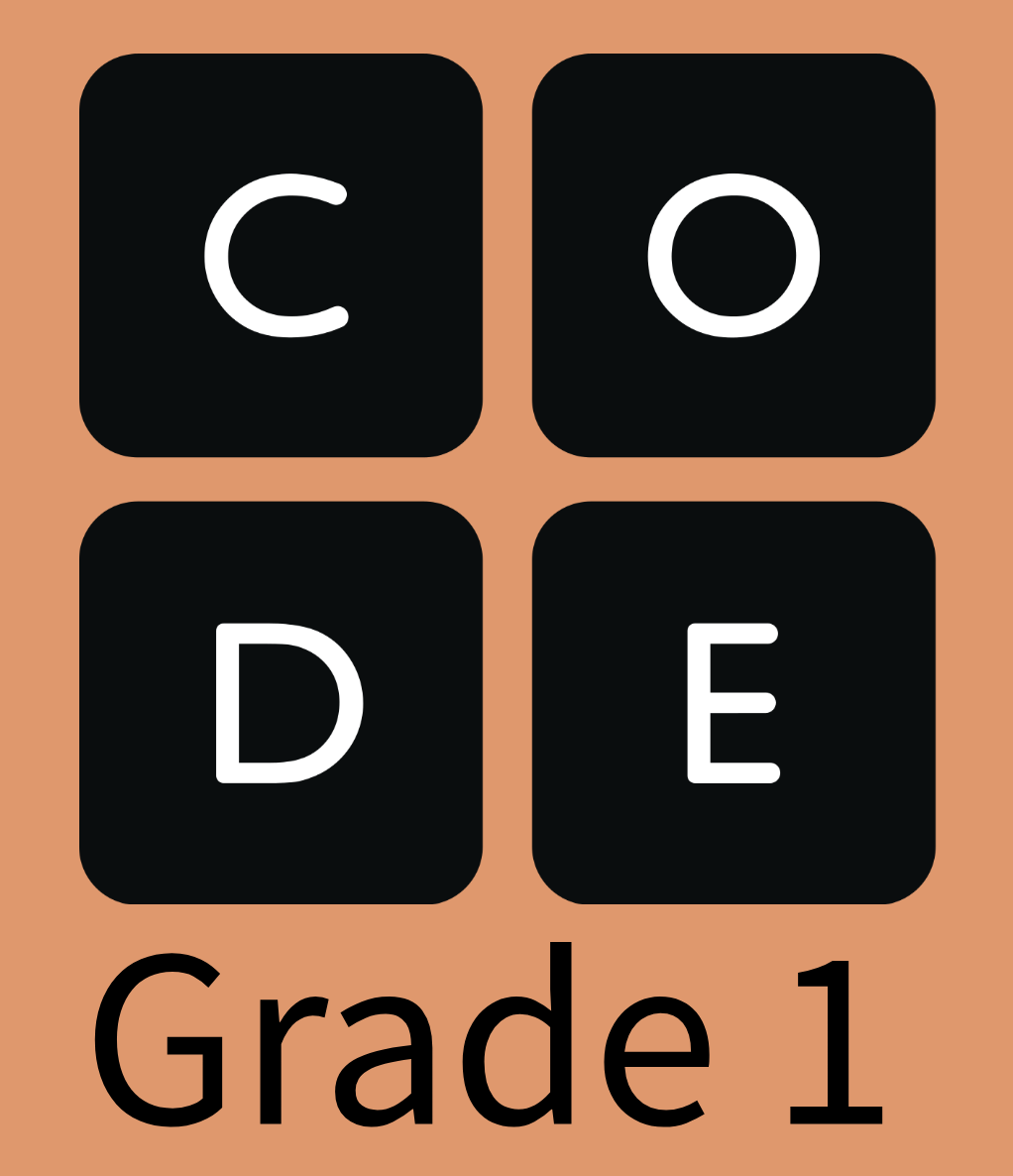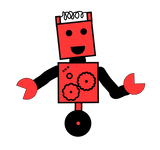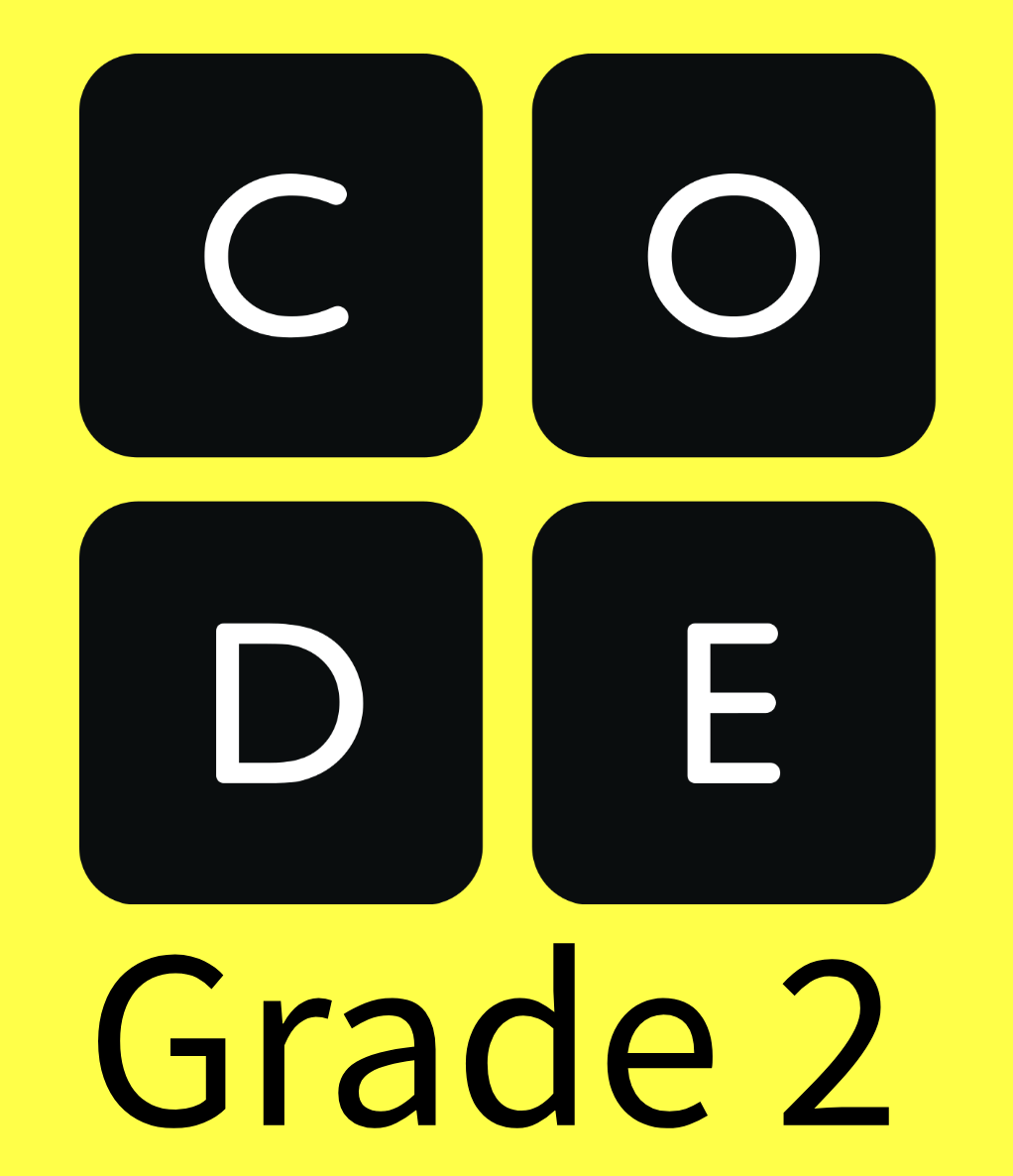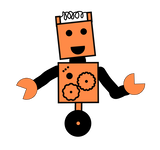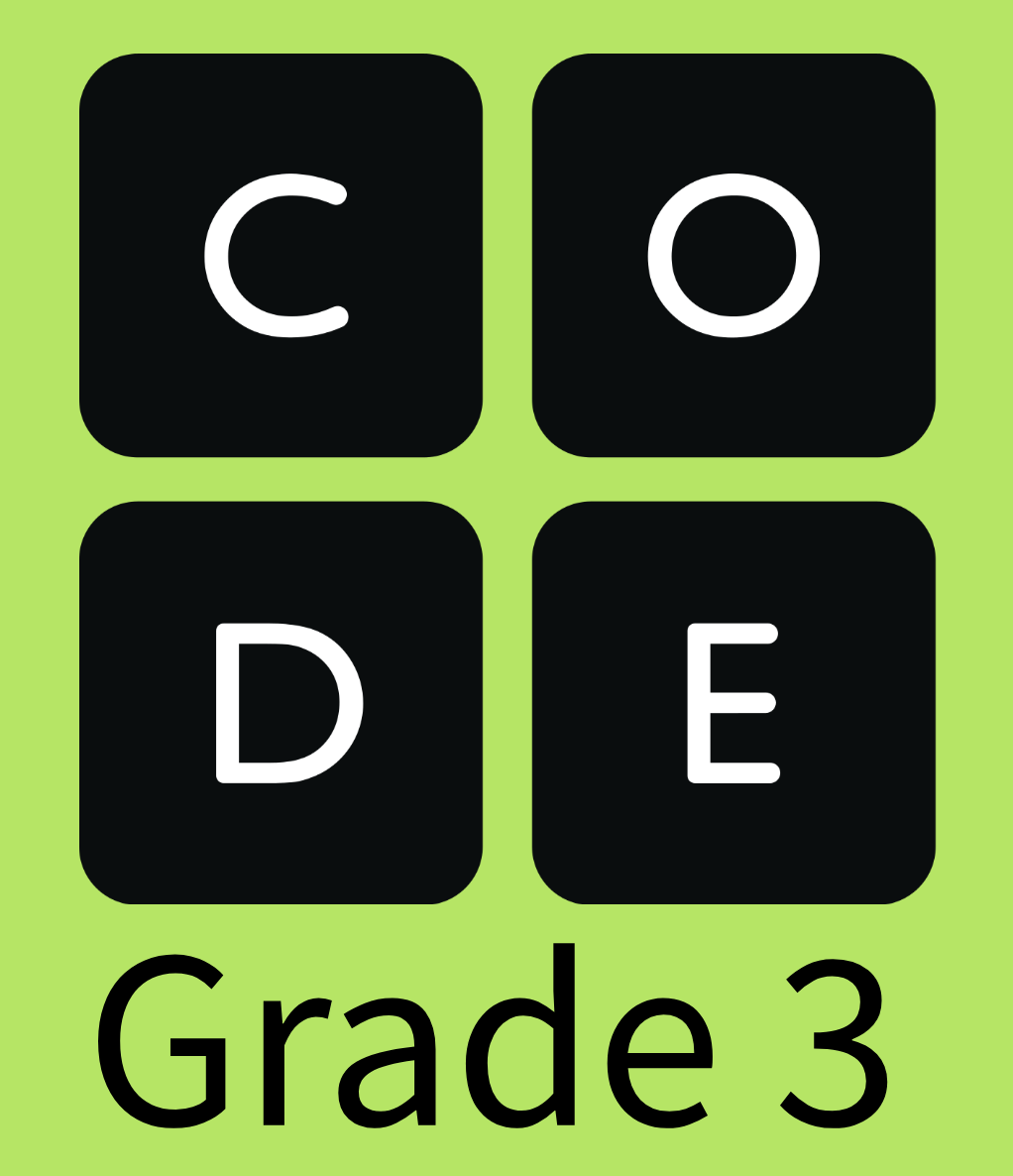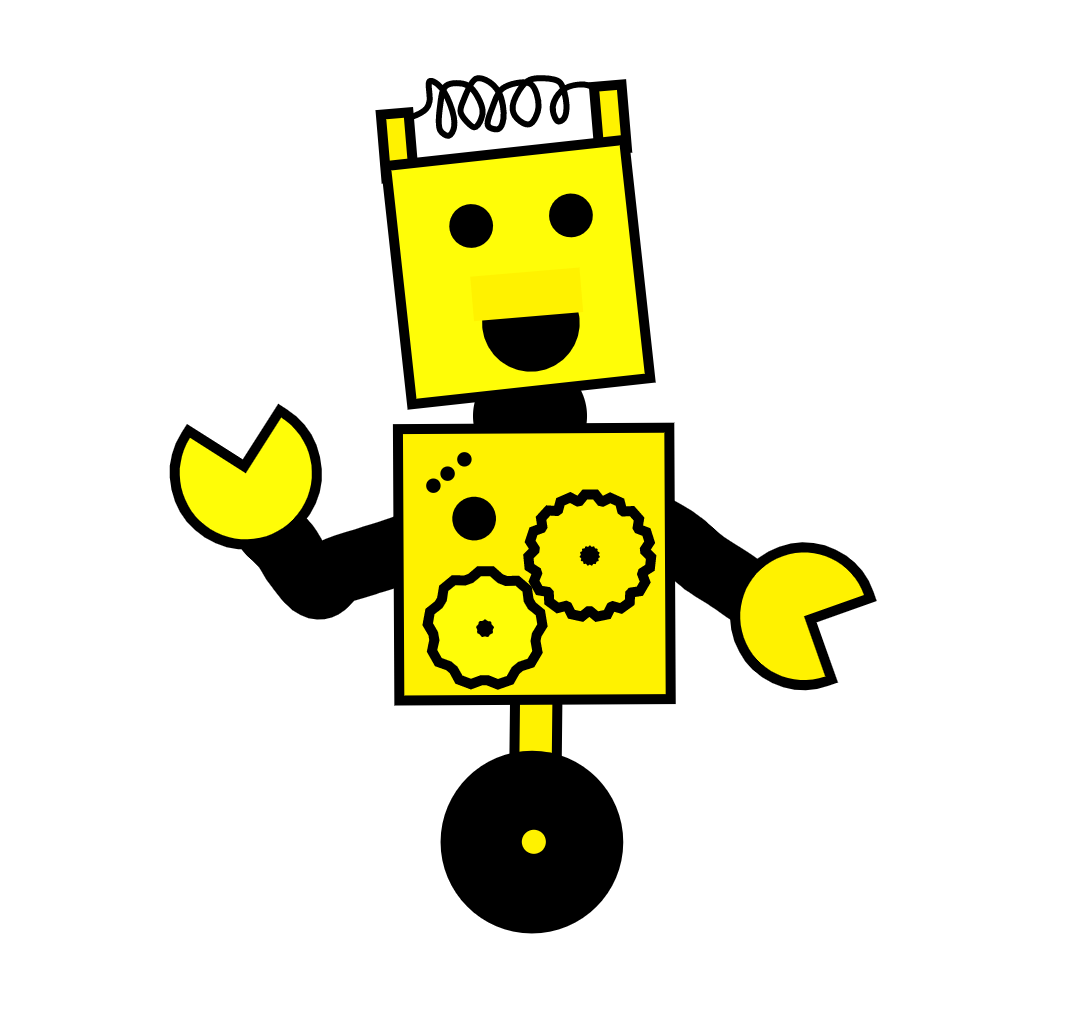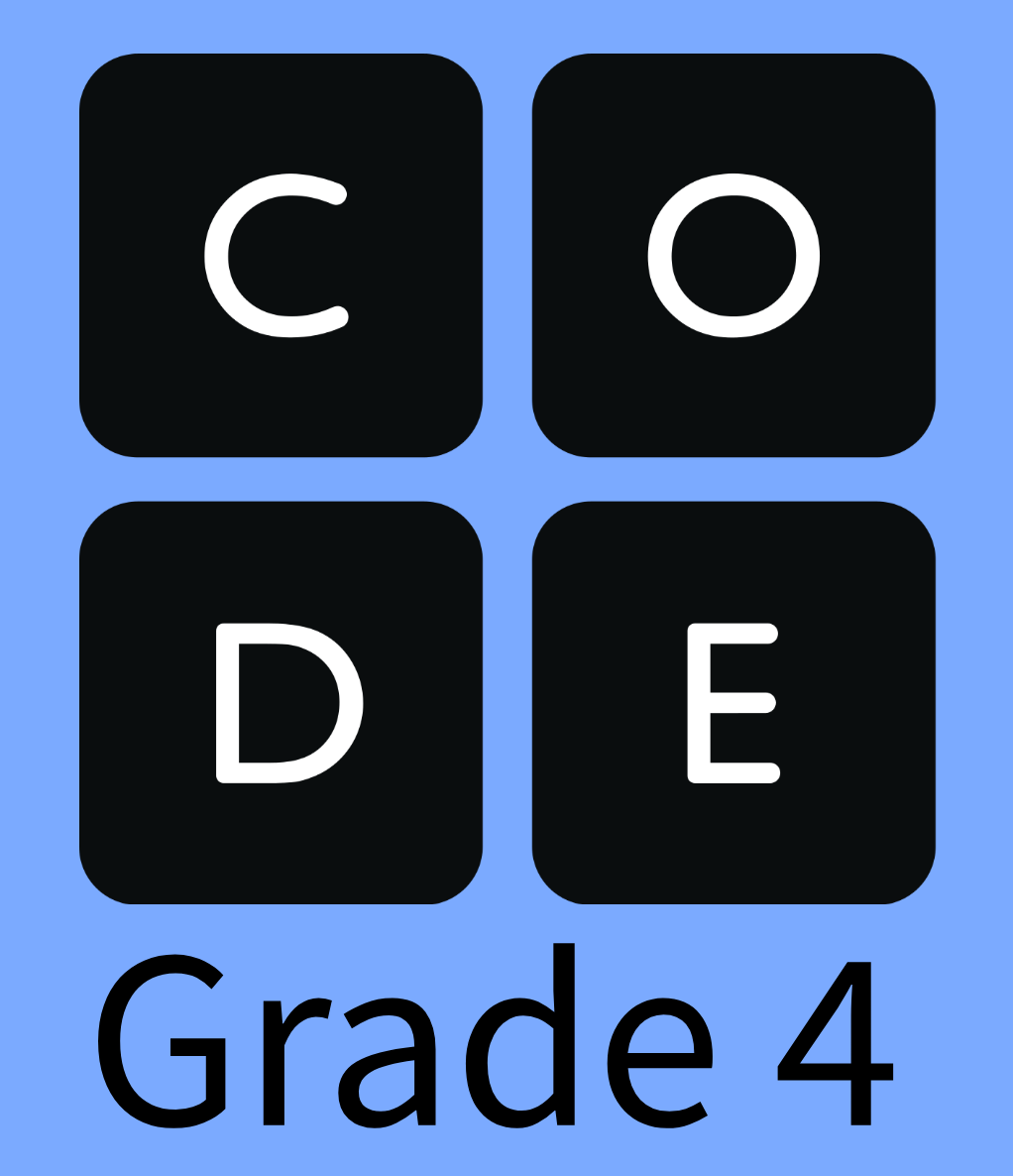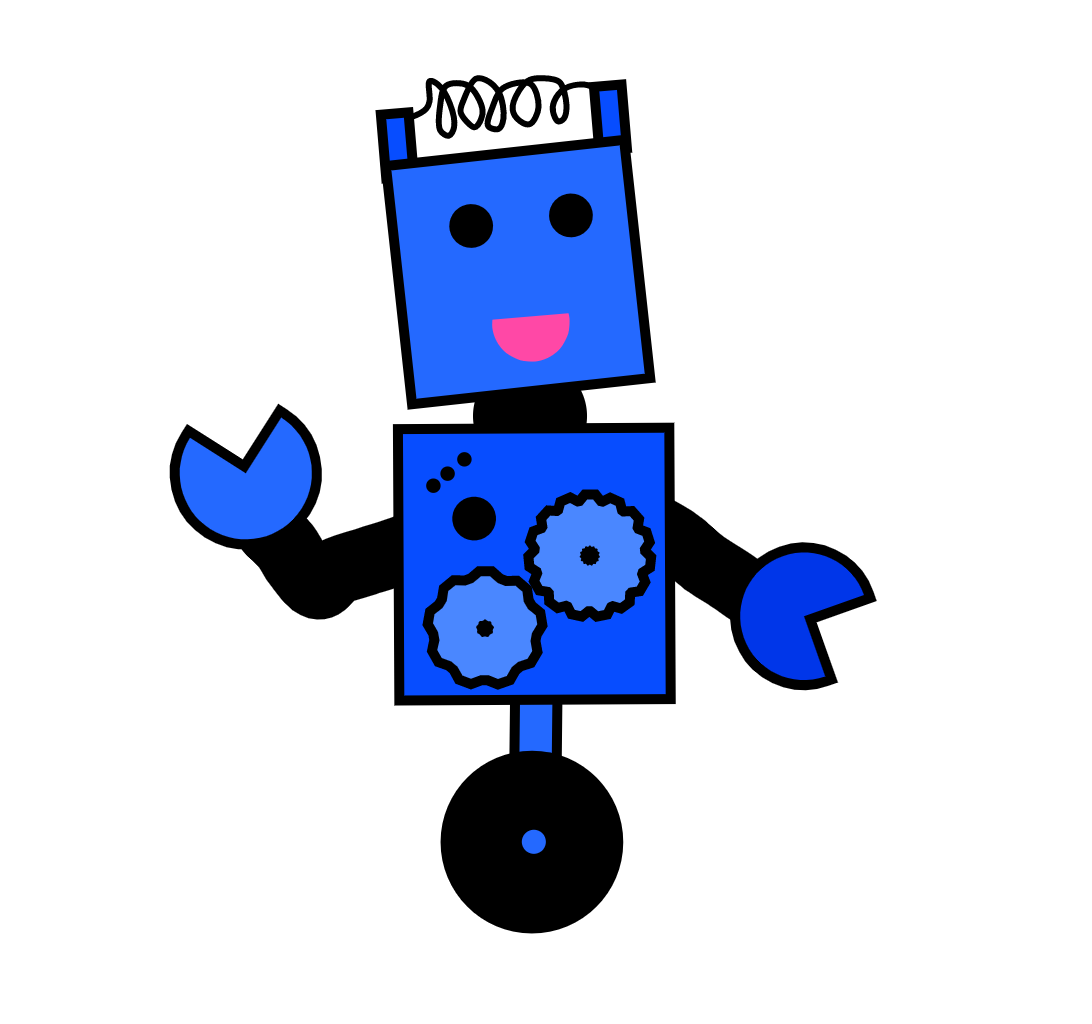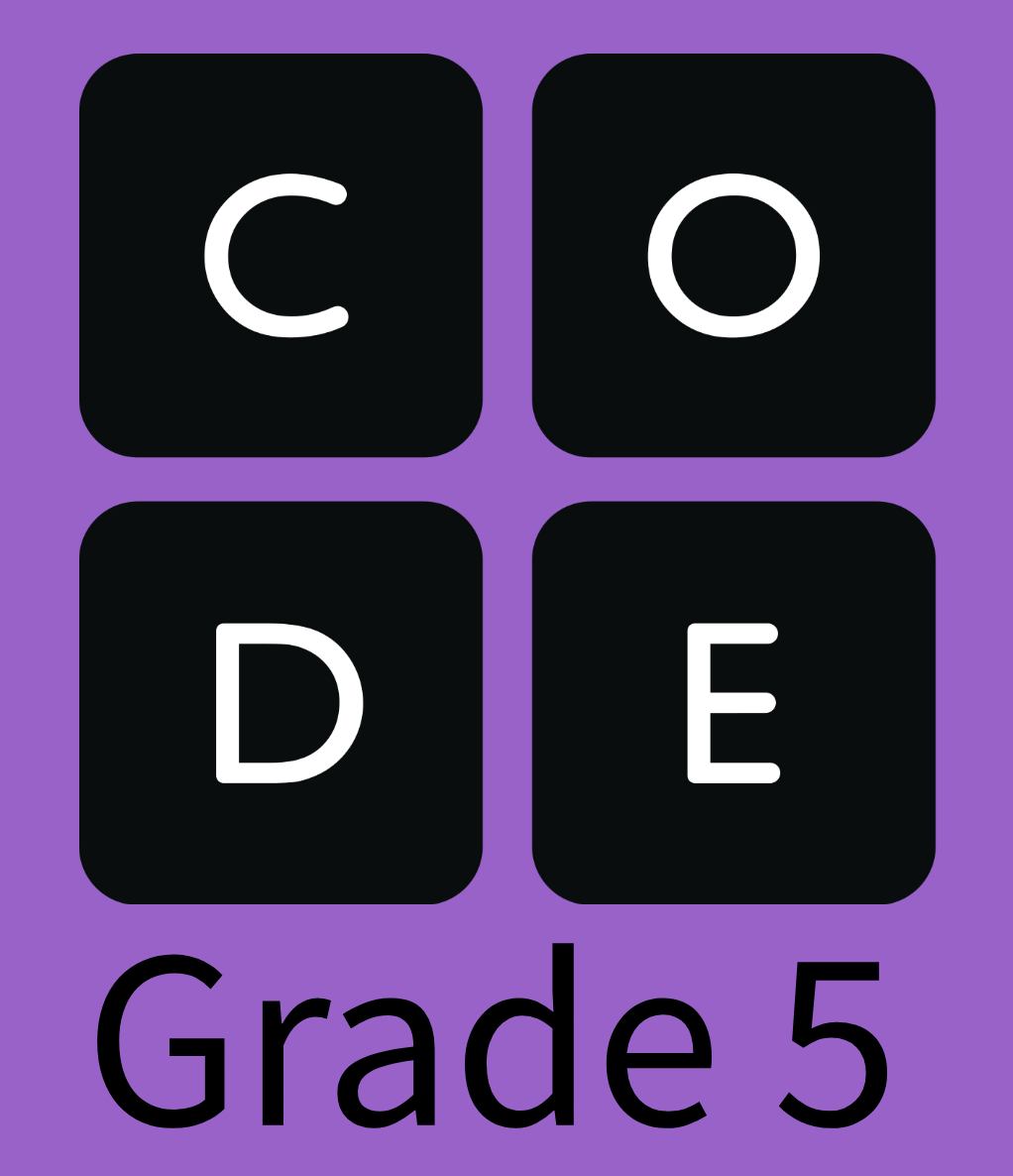Asynchronous Computer Lab -- Two Weeks April 12 to April 23
Synchronous Computer Lab -- April 24 until the end of the semester.
Teacher's Click the following video.
Teacher's - Please check your school email from Ms. Miller with the password pictures. Share them with your students over teams. They are not super secure and you can just tell them which creature is their password picture.
Three-Eye Alien, Robot, Squirrel, Purple Dragon, Zombie, Dog, Princess, Flying Dragon, Crocodile/Alligator, Warrior, Penguin
Cat, Ninja, Merlin, Scuba Diver, Pirate, Witch, One-Eye Monster with Green Horns, Unicorn, Cardinal Bird, Ghost, Blue Octopus
Cat, Ninja, Merlin, Scuba Diver, Pirate, Witch, One-Eye Monster with Green Horns, Unicorn, Cardinal Bird, Ghost, Blue Octopus
Teachers - Here is the Computer Lab schedule for these two weeks (asynchronous). Art will resume with Ms. Mead during the regular Art Specials Block. So, you will now get both Computer Lab and Science Lab free as well as Specials.
Students: Go to CLEVER to get to your coding page at Code.org
Your secret word is one of these pictures.
Your Homeroom teacher has your Login Picture.
Three-Eye Alien, Robot, Squirrel, Purple Dragon, Zombie, Dog, Princess, Flying Dragon, Crocodile/Alligator, Warrior, Penguin
Cat, Ninja, Merlin, Scuba Diver, Pirate, Witch, One-Eye Monster with Green Horns, Unicorn, Cardinal Bird, Ghost, Blue Octopus
Cat, Ninja, Merlin, Scuba Diver, Pirate, Witch, One-Eye Monster with Green Horns, Unicorn, Cardinal Bird, Ghost, Blue Octopus


